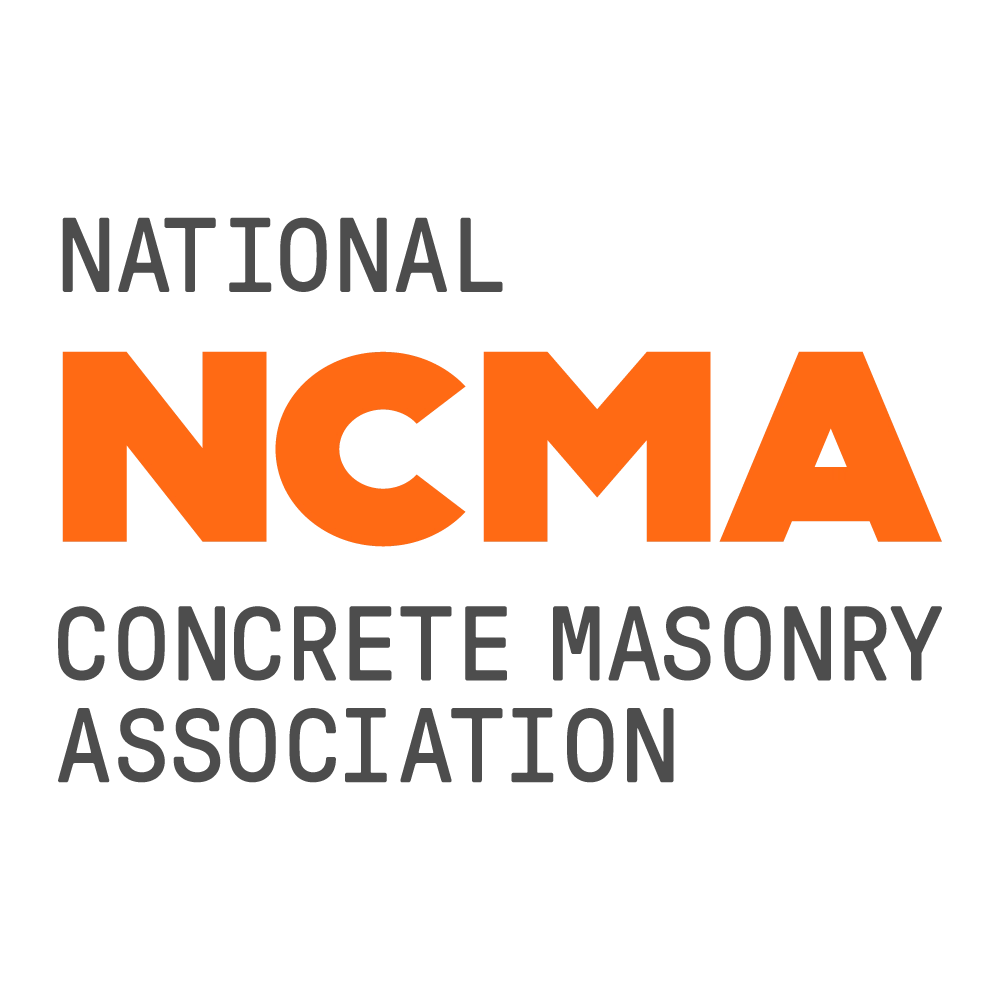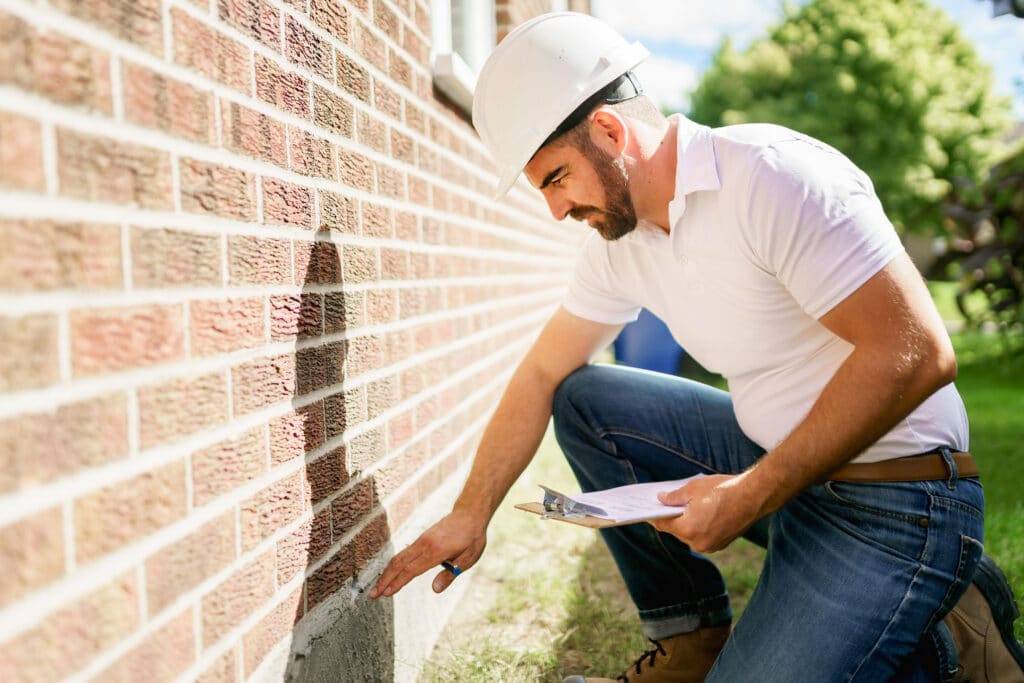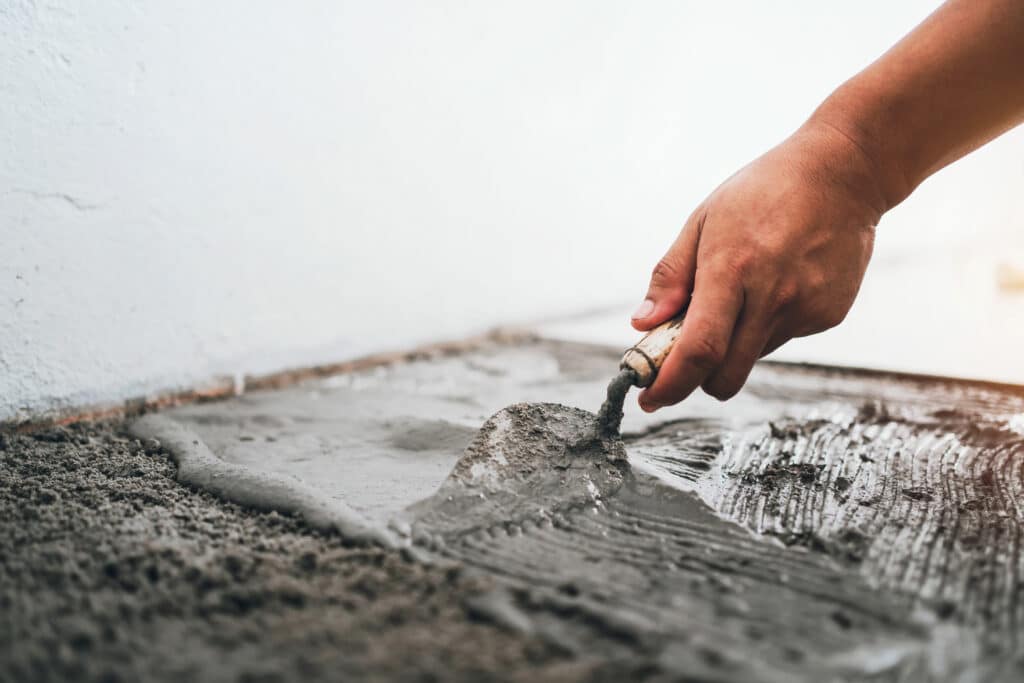Common Causes of Foundation Problems in Wilmington
A few factors can lead to foundation issues. These are the most widespread ones for Wilmington residents:
- Aging plumbing: While many Wilmington homes are fairly new, some still use cast-iron plumbing. When the pipes start to erode, leaking water could reach your foundation and even pool beneath it.
- Standing water: Water accumulation around your home can threaten your foundation, especially when it gathers in areas your gutters don't cover.
- Soil composition: Soil with large sand or clay concentrations is highly expansive. In the heavy rainfall Wilmington gets, the soil soaks up moisture like a sponge, then releases it in dry seasons. The constant expansion and contraction presses against nearby foundations, even if the foundations keep dry.
- Improper modifications: Roofing or landscaping work that wasn't completed properly could result in your foundation settling.
- Tree Roots: Tree roots can intrude into a home's foundation through crevices, and may exert pressure that leads to your foundation cracking, pipes being damaged, and overall structural destabilization.
How to Choose the Best Foundation Repair Company
Your home's foundation is vital to its structural integrity, so it's important to work with a trustworthy foundation repair provider. Assess each company using the following factors:
Licensing and Experience
According to the North Carolina Licensing Board for General Contractors, foundation repair and concrete companies in the state must have either a Building Contractor license, a Residential Contractor license, or both. Talk to team members to gain further insight into a company's experience. You should ask about local inspection processes, permit ordinances and building codes.
Another way to determine a company's standing is to look at its website. There, you can learn how long it's been in business and its trade qualifications. It might also share insights and knowledge through blog posts, podcasts, or videos.
Customer Reviews
Before committing to a company, review its online profile with the Better Business Bureau (BBB). You can examine both positive reviews and complaints. Negative feedback doesn't mean a contractor is unreliable. BBB reviews show how the company dealt with complaints. It's a positive sign if the company has resolved issues appropriately and proactively. You should stay away from a company with more negative reviews, no accreditation, and no communication regarding issues.
Foundation Repair Cost in Wilmington
The cost of foundation repair can differ significantly based on the scale of the problems and what needs to be done to fix them. For minor foundation cracking and settling concerns, you may pay as little as $1,800. However, if there is significant destruction, the normal cost will be around $2,700. More complex jobs involving excavation, helical piers, or major concrete leveling could run you $6,800. See below the average foundation repair costs for common issues.
| Common Foundation Repair Services | Average Cost |
|---|---|
| Crack Repair | $326 |
| Leak Repair | $2,578 |
| Stabilization | $4,437 |
| Underpinning | $1,250 |
| Waterproofing | $2,844 |
Ready to Get a Quote on Your Foundation Repair Project?
Please enter a valid 5-digit zip code!
Frequently Asked Questions About Foundation Repair in Wilmington
What will I pay to repair my foundation in Wilmington?
What are the different types of foundations in Wilmington?
What's the time to complete a typical foundation repair job?
Will my homeowners insurance cover foundation repair?
To share feedback or ask a question about this article, send a note to our Reviews Team at reviewsteam@thisoldhousereviews.com.
More Foundation Resources
National Foundation Repair Ranking Methodology
Sources
U.S. Census Bureau (American Communities Survey)
















